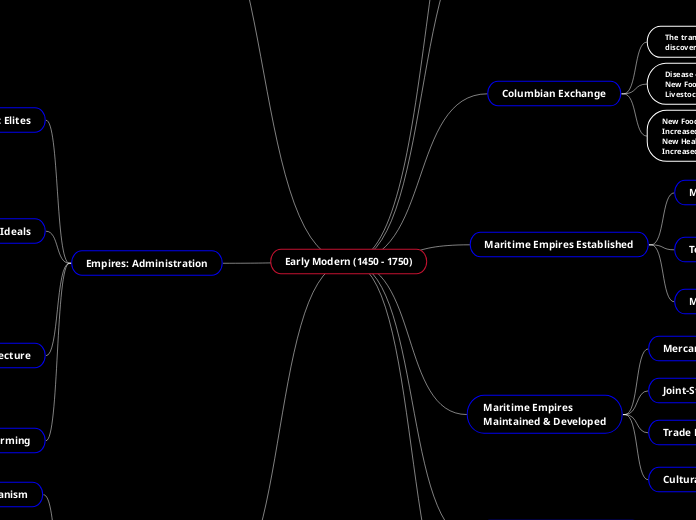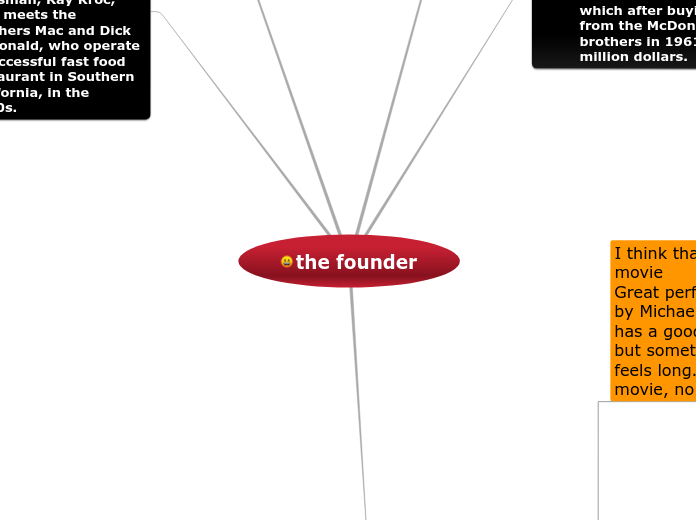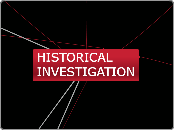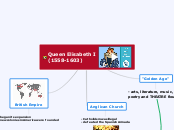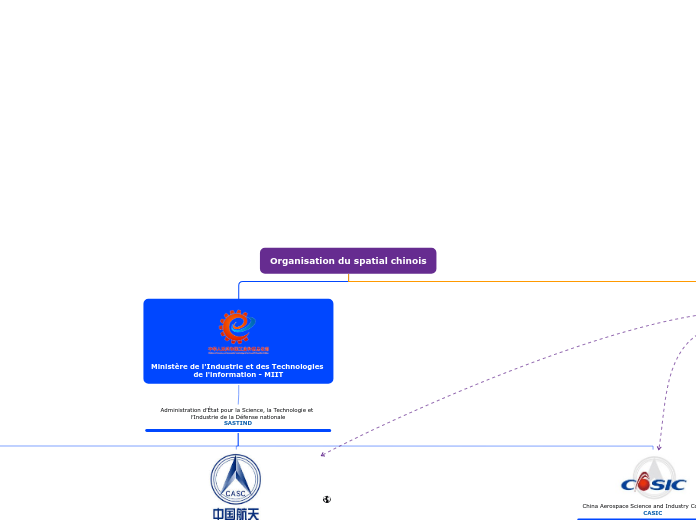Early Modern (1450 - 1750)
Changing Social Hierarchies
Groups treated differently
Expulsion of Jews from Spain & Portugal, Restrictive Policies against Han Chinese in Qing China, Status of women in different classes in the Ottoman Empire
Mughal/Ottoman Policies
Mughal: Ended Jizya Tax, Gave grants of land & money to Hindus and Muslims/
Ottoman: Invited Christians to settle in Istanbul, Jizya was Required
Internal & External Challenges to State Power
Local Resistance Movements
Pueblo Revolts, Fronde, Cossack Revolt, Maratha Conflict with Mughals, Ana Nzinga's Resistance, Metacom's War, Establishment of Maroon Societies, N American Slave resistance
Maritime Empires
Maintained & Developed
Cultural Synthesis
Biased Accounts of Aztec History, Spanish Diffusion & Predomination and Creoles (Americans of Spanish Descent
Trade Rivalries
Muslim-European Rivalry
European Rivalry
Moroccan Conflict w/ Songhai Empire
Joint-Stock Company
Companies owned by investors who bought stock or shares in them
Mercantilism
Economic System to increase a nation's wealth by gov. regulation of all of the nations's commercial interests
Maritime Empires Established
Merchant Groups
Swahili Arabs, Gujaratis, Omanis, Javanese, Portuguese, Dutch
Tokugawa
Implementation in order to resume ethnic ideas
Confinement of citizens within borders
Economic & Political Advantage for Years
Only traded with Dutch
Ming China
Gave merchants protection against invaders
Emperor able to take full control
They were able to safely trade w/ European Merchants
Columbian Exchange
New Foods: Potato, Corn
Increased products
New Health Risks, Medical Advancements
Increased Economy, Greater Wealth
Disease - Smallpox, Measles, etc, The Great Dying,
New Foods: Rice, Wheat, Okra,
Livestock, Sugar: Atlantic Slave Trade, Population Growth
The transfer of Plants, Animals, Disease, & Ideas. It was propelled by the discovery of North America by Europeans.
Exploration: Causes & Events
British
Set up trading Ports
Implemented East/West Indian Trade Empire
Sought to escape Religious Persecution
Mercantilism = #1 Reason
New materials gained such as Silver & Gold
Spanish
Had a huge part of Africa (Ghana etc.) and Philippines Conquered
Wanted riches and to find a sea route to China going West.
Increase in Colonization & Overseas Trade
Portugal
Led the way in European Exploration
Prince Henry the Navigator, Bartholomew Diaz, & Vasco Da Gama
Desire Sea Route from Europe to India & China
Economic Benefit through Asia & Africa
Technological Innovations
Technologies
Lateen Sail, Compass, Astronomical Charts
New Ship Innovations
Caravel, Carrack, Fluyt
Empires Belief Systems
Ottoman-Safavid Rivalry
Sunni-Shi'a divide in Islam that emerged grew more intense
Ottoman (Sunni) vs Safavid (Shi'a)
Culminated in Battle of Chaldiran
Catholic Reformation
Increased use of Inquisition
Founded the Jesuits
The Council of Trent corrected abuses
Anglicanism
Henry VIII
Wanted a Male heir but only had daughters
Couldn't marry other women
Founded the Church of England
Calvinism
John Calvin
Elect (predestined to heaven) people run the community
Encouraged to work hard & prosperity
Viewed work ethic as righteous living
Lutheranism
Martin Luther
Objected the sale of indulgences & simony
Challenged the church by nailing 95 Theses to a church door
Empires: Administration
Tax Farming
The state auctioned taxation rights to the highest bidder, who collected the state taxes and made payments in installments, keeping a part of revenue
Art/Architecture
European Places like Versailles
Kept nobles close to the king, making it difficult for them to plot against him
Mughal Mausolea & Mosques
The magnificent architecture & achievements showed the power of the rulers; Combined Islamic & Hindu art & architecture
Incan Sun Temple of Cuzco
The architecture was given special importance and required rich citizens to visit.
Qing Imperial Portraits
Promoting ruler as a scholar helped win the scholar bureaucrats & gain the Mandate of Heaven
Religious Ideals
Songhai Promotion of Islam
Islam became an important part of the empire and Askia Muhammad conquered lots of land
European Notion of Divine Right
Monarch is subject to no earthly authority, deriving the right to rule from a divine directly from a divine authority, like the monotheistic will of god.
Mexica use of Human Sacrifice
Many of the regions, including the Mexica, believed that human sacrifice nourished the gods.
Bureaucratic Elites
French Intendants
Administrative officials who served as agents of the king used to reform local/regional financial and judicial systems.
Salaried Samurai
Army of Warriors for the Daimyo. Paid by Shogun to increase loyalty to Shogun.
Ottoman Devshirme
Christian Boys recruited by force to serve the Ottoman Gov. Most Famous Group known as Janissaries
Empires Expand
Ottoman Empire
Civilian Bureaucracy becoming stronger
Focused on consolidating territories they already ruled
Golden Age under Suleiman the Magnificent
First to implement gunpowder on a mass scale
Mughal Empire
Constructed architectural marvels & developed many scientific innovations
Expanded territory & establish highly efficient gov. structure
Traded textiles, spices, tropical foods, & precious stones for gold & silver
Flourished through overseas trade
Songhai Empire - Morocco Conflict
Wanted Control of Trans-Saharan Gold trade; Moroccan Victory
Safavid-Mughal Conflict
Aspiration for Control over Kandahar; Safavid Victory
